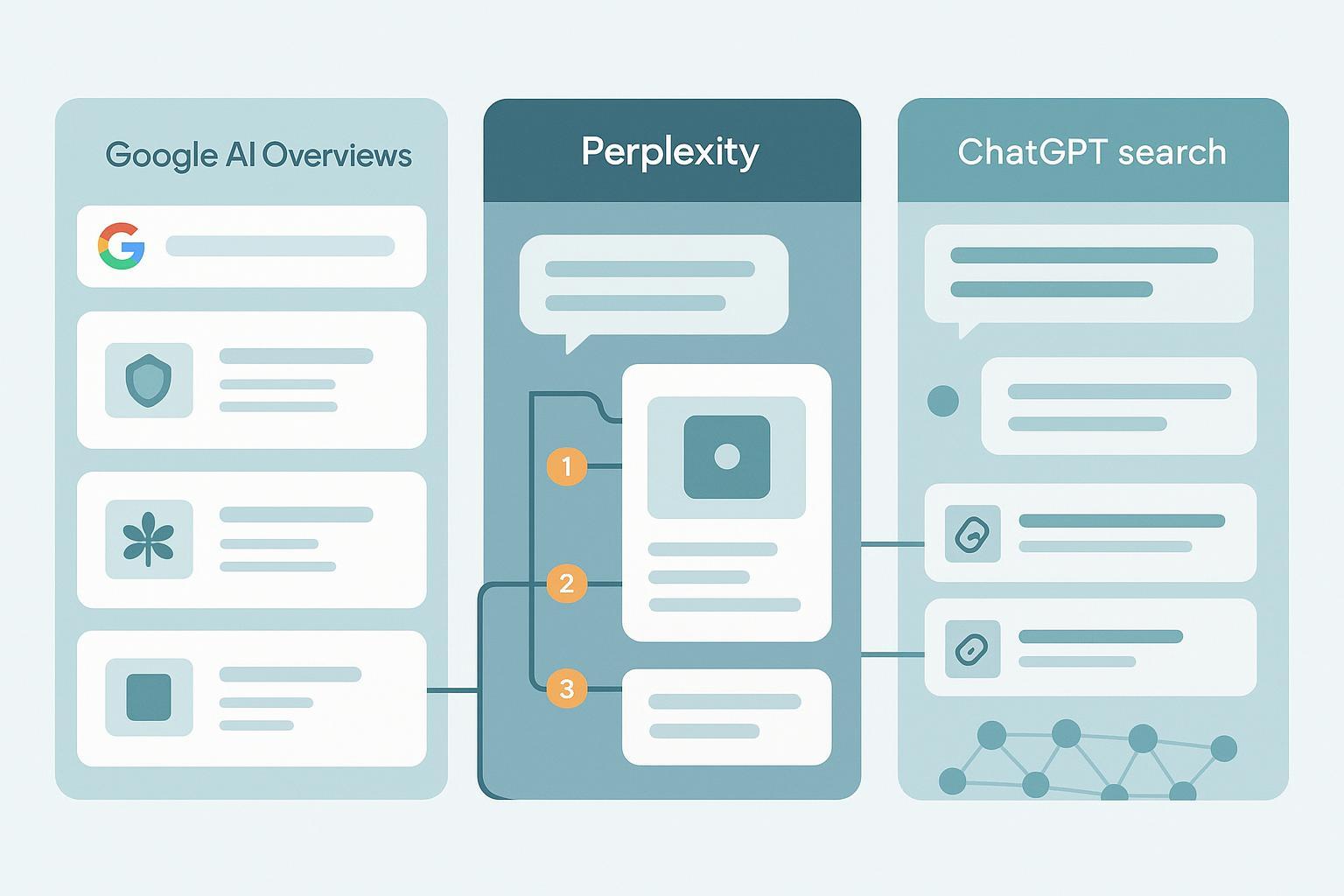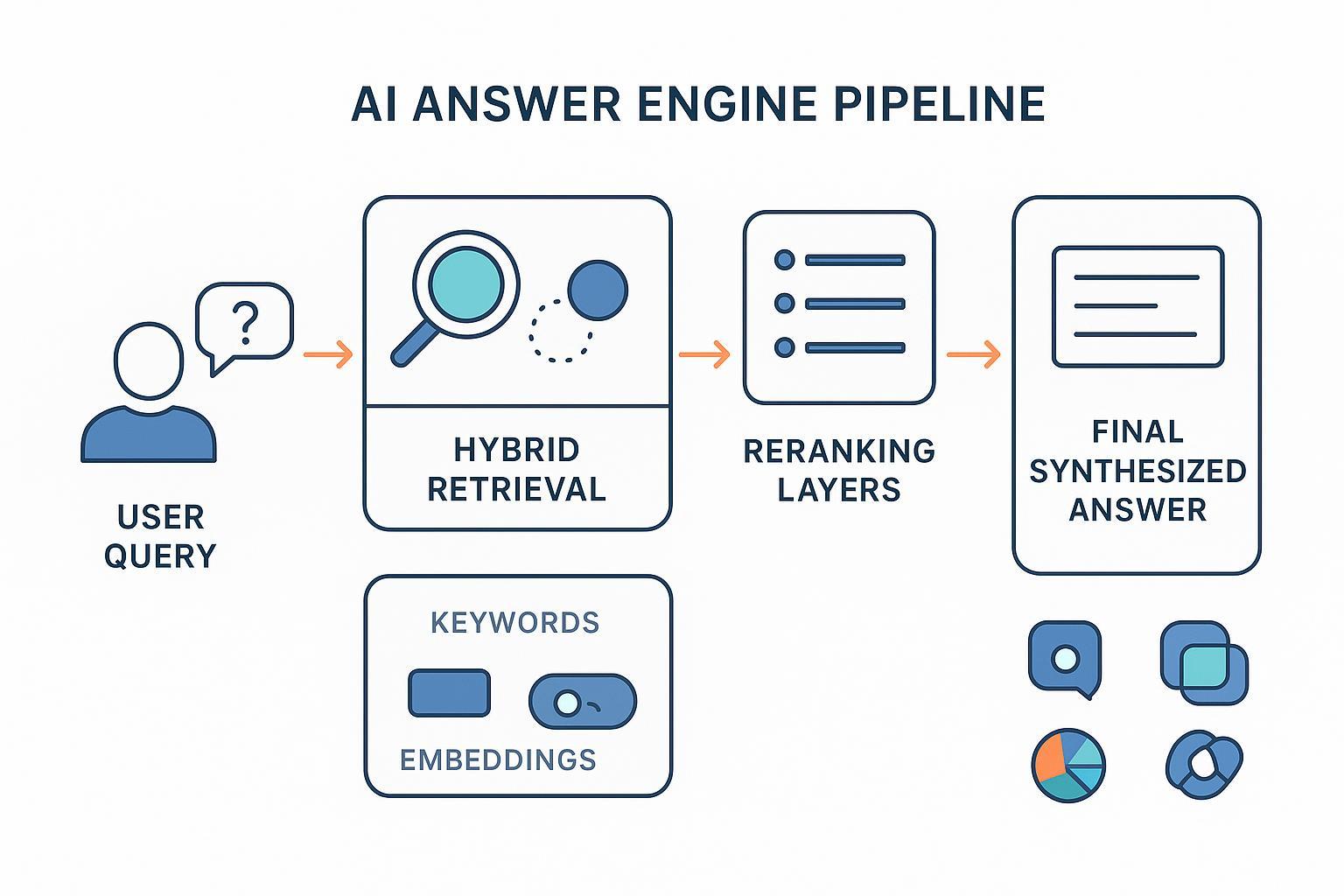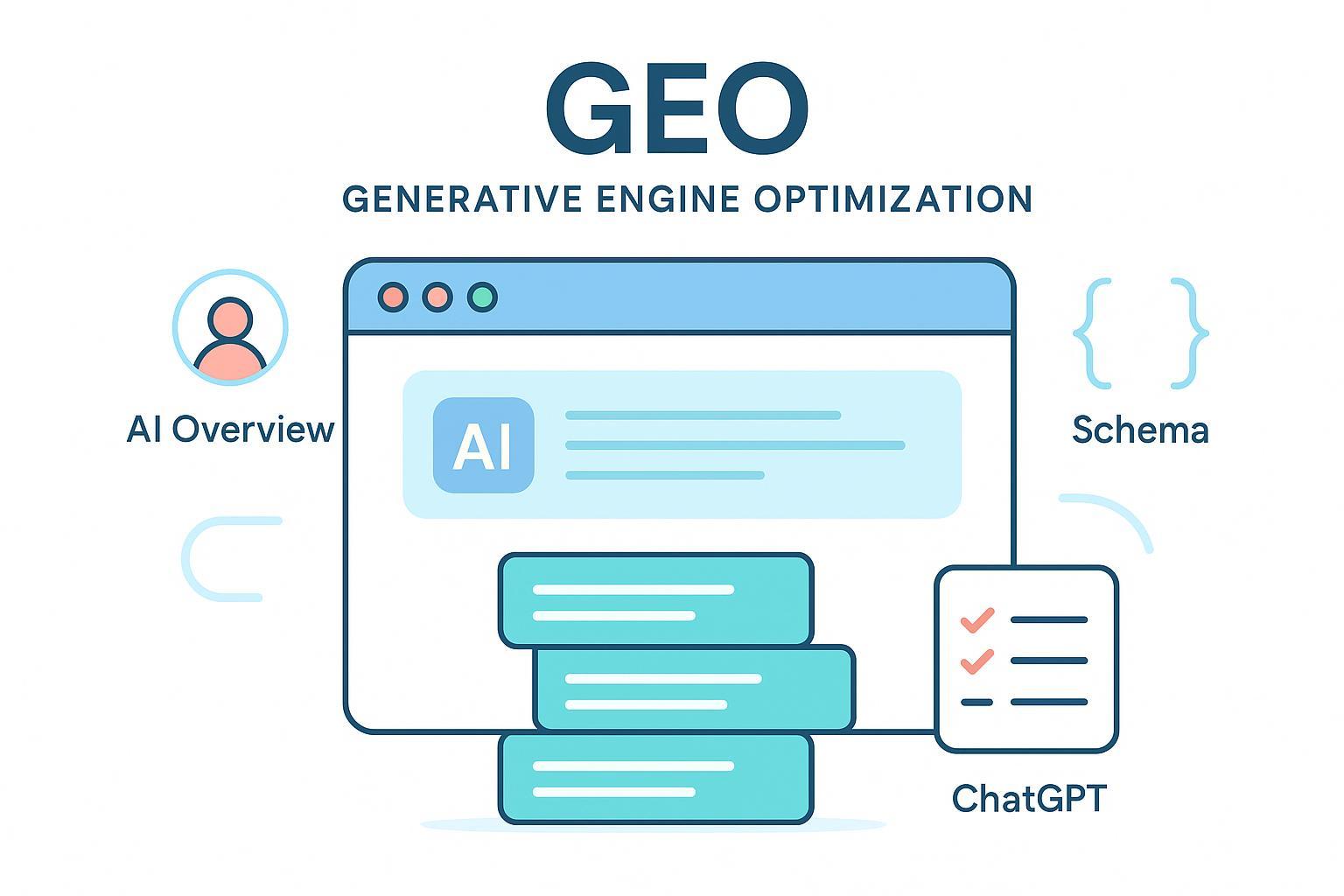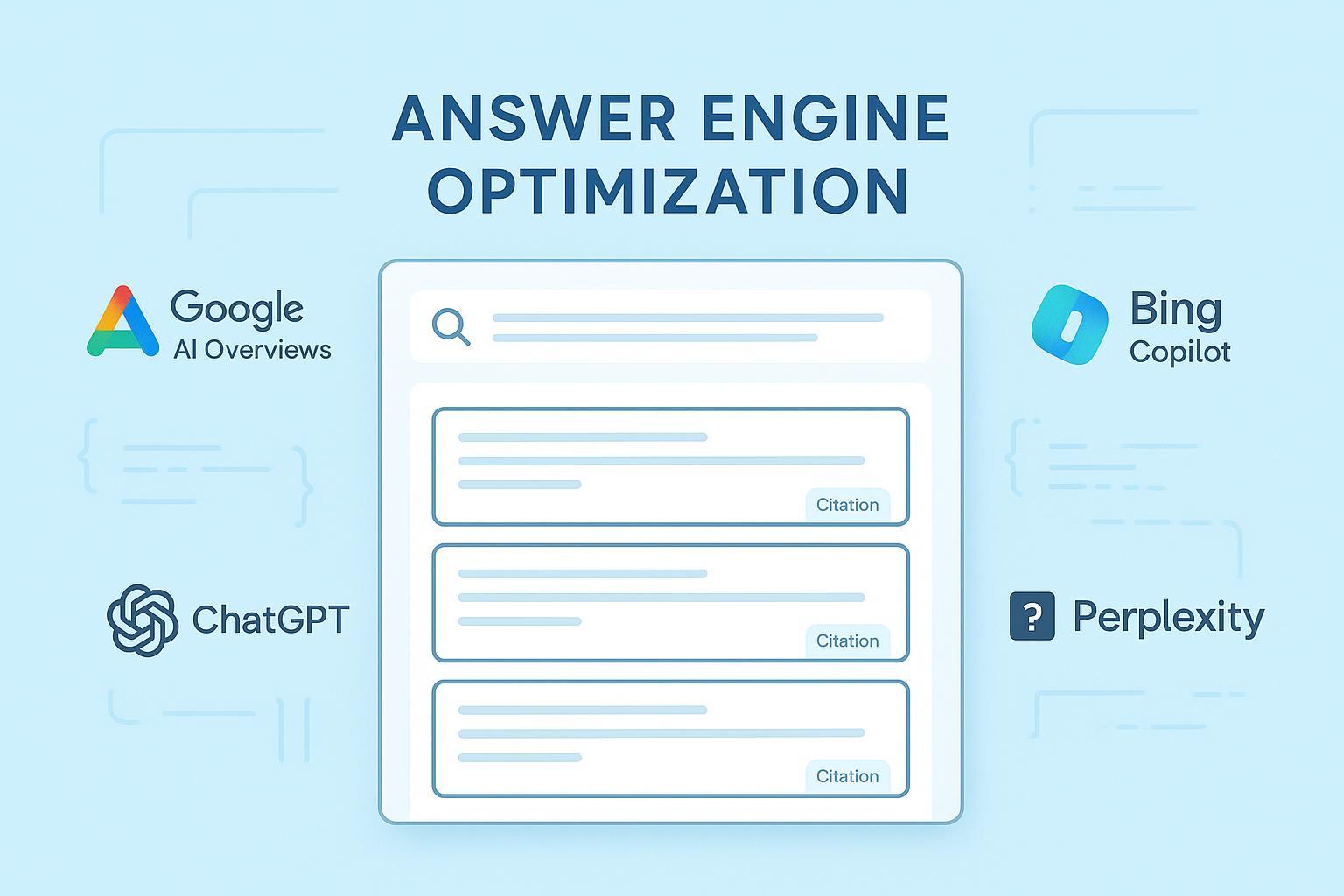Best Practices for Hybrid AI-Human Editorial in Multilingual SaaS Content
Discover proven best practices for blending rapid AI content creation with human editorial quality for multilingual SaaS marketing. Actionable workflows, governance, and compliance strategies inside.

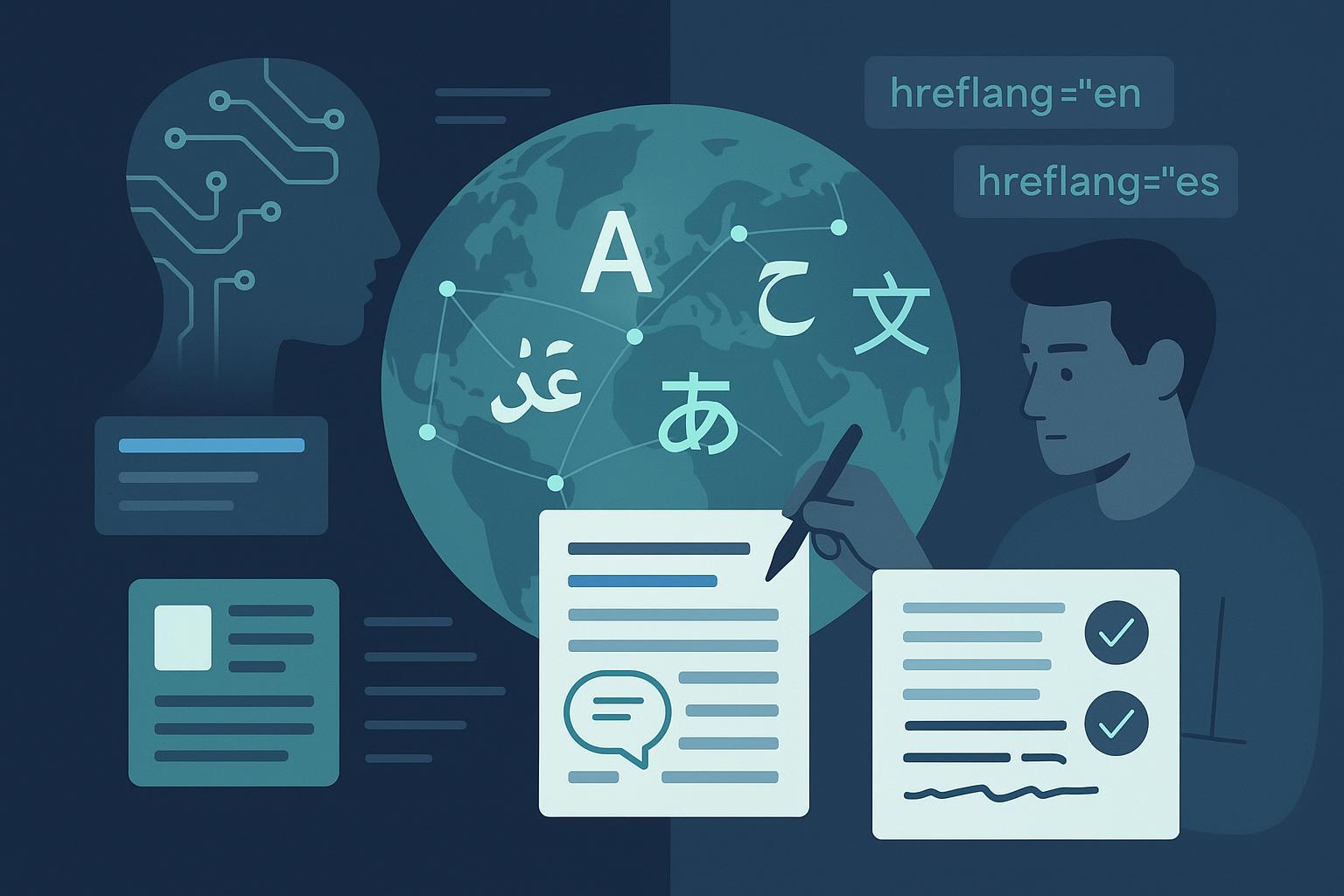
If you need multilingual content that ships fast without sacrificing cultural nuance or brand voice, the dependable path in 2025 is a hybrid stack: AI for first-pass velocity, human editors for precision and accountability. MarketFully’s Adaptive Creation sits squarely in that model—pairing AI-generated drafts with native editorial review and SEO-informed briefs—as described in the 2025 PR Newswire launch announcement. Below is a practitioner playbook for deploying this approach end-to-end, aligned to recognized standards and governance requirements, and tuned for SaaS marketing realities.
As you implement, an AI blogging platform such as QuickCreator can complement your workflow with real-time SERP briefs, multilingual drafting, and block-based editorial QA on the publishing side.
What Adaptive Creation Actually Does (and Where It Fits)
Based on the 2025 launch material, Adaptive Creation combines:
- AI-assisted first drafts and SEO-optimized briefs for speed
- Native human editorial review for cultural fluency and brand voice consistency
- Collaborative workflows for comments, approvals, and versioning
The promise is simple: compress time-to-market while preventing the common pitfalls of pure automation. Treat the PR announcement as the canonical capability overview and build your operating model around it rather than assuming undocumented features.
Key boundary conditions:
- Evidence depth: Detailed public case studies are still emerging. Plan pilots and measurement to validate impact in your environment.
- Regulated or high-risk content (medical, financial, legal) still demands tiered human oversight, documented approvals, and audit trails.
The End-to-End Hybrid Playbook (Proven in Practice)
Below is the workflow our teams have used to reliably ship multilingual content at speed without quality debt. It assumes an AI-first draft, human-in-the-loop editorial, and analytics-backed iteration.
Phase 0 — Governance Setup (2–4 weeks)
-
Define content risk tiers
- Tier 1: Regulated or safety-sensitive claims (legal, medical, financial). Requires expert review and approvals.
- Tier 2: High-visibility brand and performance pages (homepages, ads, core product pages). Requires senior editorial review.
- Tier 3: Long-tail or support content. Lightweight human QA with sampling.
-
Select a quality model and thresholds
- Use MQM/DQF typologies for consistent error scoring. TAUS’ official documentation provides details on DQF quality models (2025).
- Set thresholds, e.g., Major errors < 2 per 1,000 words; Critical errors zero-tolerance (terminology, factual claims, legal/compliance).
-
Establish termbases and locale style guides
- Include do-not-translate lists, product names, tone rules, inclusive language, and examples of approved brand voice per market.
-
Document AI governance
- Approved model sources, prompt libraries, output logging, hallucination guardrails, reviewer responsibilities.
- Map transparency practices aligned with the EU AI Act summary on EUR-Lex (Regulation (EU) 2024/1689).
-
Standards alignment
- Translation service requirements under ISO 17100 and MT post-editing under ISO 18587 (catalog pages are canonical references).
Phase 1 — Intake and Brief (per asset)
-
Build an SEO + audience brief
- Generate a SERP-aligned brief (queries, intent, competitive gaps) with AI, then validate manually.
- Adaptive Creation’s positioning emphasizes briefs to improve discoverability; keep yours explicit and testable.
-
Add locale-specific context
- Cultural notes, idioms to avoid, imagery guidance, regulatory flags, and references to past top-performers.
- Attach the termbase and style guide to the brief.
Phase 2 — AI Creation / Adaptation
-
Generate the draft
- Use structured prompts referencing brand voice exemplars, approved facts, and glossaries. Call transcreation (not literal localization) when the persuasion intent differs across markets.
-
Run automatic checks
- Lint for banned claims, terminology adherence, tone drift. Flag low-confidence segments for human attention.
Phase 3 — Human Editorial Review
-
Native editor pass
- Validate meaning, nuance, idioms, and cultural resonance.
- Convert literal translations to transcreations where needed (especially for headlines, CTAs, and persuasion-heavy copy).
-
MQM/DQF sampling
- Score a representative sample (headlines, CTAs, body). Record error density and severity. Loop back if thresholds are exceeded.
-
Compliance pass (tiered)
- Tier 1 assets: Add specialist legal/regulatory review. Maintain traceable approval logs.
Phase 4 — Finalization and Publishing
-
Localization QA
- Validate hreflang, slugs, metadata, structured data, and internal linking per locale. The W3C Internationalization guidance (2025) remains the authoritative reference for language tags and script handling.
-
A/B testing plan
- Localize value props and CTAs; predefine guardrails and prohibited claims; launch experiments with tracking.
-
Governance artifacts
- Save version history, prompts, reviewers, MQM scores, decision logs to meet transparency expectations and internal audit needs.
Phase 5 — Measurement and Iteration (ongoing)
-
KPI suite
- Operational: Turnaround time (TAT), % on-time delivery, throughput per editor, cost per 1,000 words.
- Quality: MQM error density, first-time quality rate, rework rate.
- Brand/SEO: Brand voice compliance score, terminology adherence, localized CTR/CVR, dwell time, SERP rank movement.
- Compliance: % assets with AI labeling, % Tier 1 assets with specialist review, audit completeness.
- Business: Locale-level pipeline and revenue attribution, CAC/LTV shifts by market.
-
Feedback loop
- Feed top-performing local phrases and CTAs into termbases; update brand voice examples per market; retrain prompts quarterly.
Quality and Compliance: Align to Standards and 2025 Guidance
In practice, the most stable hybrid programs codify quality and oversight in line with recognized references:
-
Translation and post-editing requirements
- Use ISO 17100 for translation service requirements and ISO 18587 for MT post-editing. These standards formalize qualifications, workflows, and review criteria that fit AI-assisted processes.
-
Quality measurement frameworks
- Adopt MQM or DQF for error categorization and severity scoring. TAUS’ DQF documentation provides a practical foundation for KPI instrumentation.
-
Internationalization and localization mechanics
- Refer to W3C Internationalization best practices for language tags, script handling, and bidi text. These are critical for multilingual SEO and accessibility.
-
EU AI Act implications
- Transparency and human oversight provisions from the EU AI Act summary (2024/1689) affect AI content operations. Even if your use case is not high-risk, implement labeling, logging, and human review for safety-critical or regulated claims.
Trade-offs to recognize:
- Strict thresholds increase quality but can slow throughput. Right-size thresholds by tier and content type.
- Full transcreation raises cost but often improves conversion for persuasion-heavy pages. Use testing to decide where it pays off.
Tool Selection Criteria for Hybrid Editorial-AI Stacks
When evaluating Adaptive Creation and adjacent platforms, prioritize:
-
Quality controls
- Glossary/termbase enforcement, style guide integration, terminology deviation flags.
-
Human-in-the-loop UX
- Collaborative editing, inline comments, assignment workflows, approvals, role-based access.
-
- SERP-aligned briefs, hreflang management, structured data support, and performance analytics by locale.
-
Compliance and logging
- Prompt/output logging, AI-generated labels, audit trails, exportable QA reports compatible with MQM/DQF.
-
Integration
- CMS connectors (e.g., WordPress), web localization support, TMS interoperability (translation memory, MT, LQA APIs).
-
Security and privacy
- Data residency options, SOC 2/ISO 27001 alignment, PII redaction, model isolation.
-
Scalability and cost model
- Transparent pricing, throughput capacity, support SLAs.
If you’re publishing blogs at scale, a platform like QuickCreator’s guide to beginner-friendly multilingual SEO provides practical patterns you can reuse for titles, slugs, and hreflang.
Case Evidence and Industry Signals (2025)
Quantified, multilingual-specific case studies remain limited in open sources. Your best move is to measure your own delta via pilots. Still, two useful signals:
-
MarketFully positioning and capabilities
- The 2025 PR Newswire announcement of Adaptive Creation outlines AI-assisted drafting, native editorial review, and a focus on SEO briefs—consistent with the hybrid consensus.
-
Industry adoption and ROI directionality
- Vendor trends indicate increasing machine assistance and LLM accuracy in localization; see Lokalise’s Localization Trends 2025.
- Market context: The language industry scale provides perspective; refer to Nimdzi 100 (2025) for updated size and leading providers.
- Speed and cost signals: Hybrid programs commonly show time-to-market compression and cost reduction; examples are discussed in Single Grain’s 2025 analysis of AI localization acceleration.
-
Practical, hybrid content outcomes
- A representative hybrid program in e-learning SaaS: Lingio reported +500% organic traffic in 9 months, 11x MQLs, and 60% lower marketing spend using AI for TOFU and human-crafted MOFU/BOFU content, per the 2025 SaaStorm case write-up. While not explicitly multilingual, it illustrates the levers that typically drive ROI.
Use these signals as inputs, not guarantees. Baseline your current KPIs and run A/B pilots to validate impact in your market.
Common Pitfalls and How to Avoid Them
From repeated deployments, the same issues recur. Here’s how we proactively prevent them:
-
Hallucinations and factual drift
- Constrain prompts to approved facts, require human fact checks for claims, and log sources used. Label AI-generated content per policy.
-
Cultural missteps
- Mandate native editorial review. Maintain a preflight cultural checklist and avoid literal idioms that don’t travel.
-
Brand voice dilution
- Maintain brand voice libraries with positive/negative examples per locale; enforce via automated checks plus editor sign-off.
-
Regulated content exposure
- Use the risk tiers, add specialist legal/regulatory review for Tier 1 assets, and document approvals. Align transparency and oversight practices with the EU AI Act.
-
Over-automation and tool sprawl
- Reduce handoffs, keep RACI clear, and unify authoring, editorial, QA, and publishing where possible. Evaluate whether you need a classic TMS or an AI-forward content stack that embeds QA and governance.
For blog publishing workflows and editorial QA aligned to search expectations, see QuickCreator’s 2025 checklists on AI content quality.
Measurement Framework: KPIs That Actually Move
Establish a scorecard up front and review weekly during the pilot and monthly thereafter:
-
Operational
- TAT per asset, throughput per editor, % on-time delivery, cost per 1,000 words.
-
Quality
- MQM error density (critical/major/minor per 1,000 words), first-time quality rate, rework rate.
-
Brand and SEO
- Brand voice compliance score (editorial rubric), terminology adherence rate, localized CTR/CVR, dwell time, SERP rank movement, hreflang error rate.
-
Compliance
- % assets labeled as AI-assisted, % Tier 1 assets reviewed by specialists, audit log completeness, incident rate.
-
Business outcomes
- Locale-level pipeline and revenue attribution, CAC/LTV shifts by market, payback period post-adoption.
For a broader tooling perspective and workflow ideas, QuickCreator’s roundup of AIGC tools can help benchmark stack components.
SaaS-Specific Notes: Transcreation, ABM, and Governance at Scale
-
Transcreation vs. localization
- For high-intent product pages and ads, transcreation often outperforms literal localization. Localize the intent, proof points, and social proof; translate only the facts that must remain uniform.
-
ABM personalization
- Use AI to generate segment-specific variants, then have human editors localize and calibrate proof points and references for each market.
-
Governance and RACI
- Define who owns briefs, prompt libraries, termbases, editorial approvals, and compliance sign-offs. Maintain a single source of truth for voice and terminology.
-
Publishing velocity
- Bundle changes and ship weekly; align teams on a fixed cadence so editors know when QA windows open and close.
Actionable Checklist (Print and Use)
- Create locale termbases, style guides, and brand voice libraries; set MQM/DQF thresholds by tier.
- Establish AI governance: approved models, prompt libraries, output logging, labeling policy.
- Build SEO + audience briefs per asset; attach termbase and cultural notes.
- Generate AI drafts referencing approved facts and voice examples; run automated lint checks.
- Conduct native editorial review; transcreate headlines/CTAs as needed; sample-score with MQM/DQF.
- Add specialist compliance review for Tier 1 content; log approvals.
- Finalize localization QA (hreflang, metadata, structured data, internal links) and publish.
- Track KPIs weekly (TAT, error density, CTR/CVR, revenue attribution); run A/B tests with guardrails.
- Iterate quarterly: Update termbases, voice examples, thresholds, and prompts; review EU AI Act and platform policy updates.
Final Thought
Hybrid AI + human editorial is not a fad—it’s the practical operating system for multilingual content in 2025. MarketFully’s Adaptive Creation provides the scaffolding for speed and precision; your job is to add governance, measurement, and disciplined iteration. Teams that do this well consistently ship faster, maintain brand integrity across locales, and prove ROI with their own data.
For internationalization mechanics and language handling, revisit W3C Internationalization guidance. For translation and post-editing requirements, leverage ISO 17100 and ISO 18587; for quality KPIs, instrument against DQF; and ensure transparency practices stay aligned to the EU AI Act summary (2024/1689). For adoption and market context, consult Lokalise’s 2025 trends and Nimdzi 100 (2025), and pressure-test speed/cost claims with your own pilots alongside analyses such as Single Grain’s 2025 view on AI localization acceleration.


